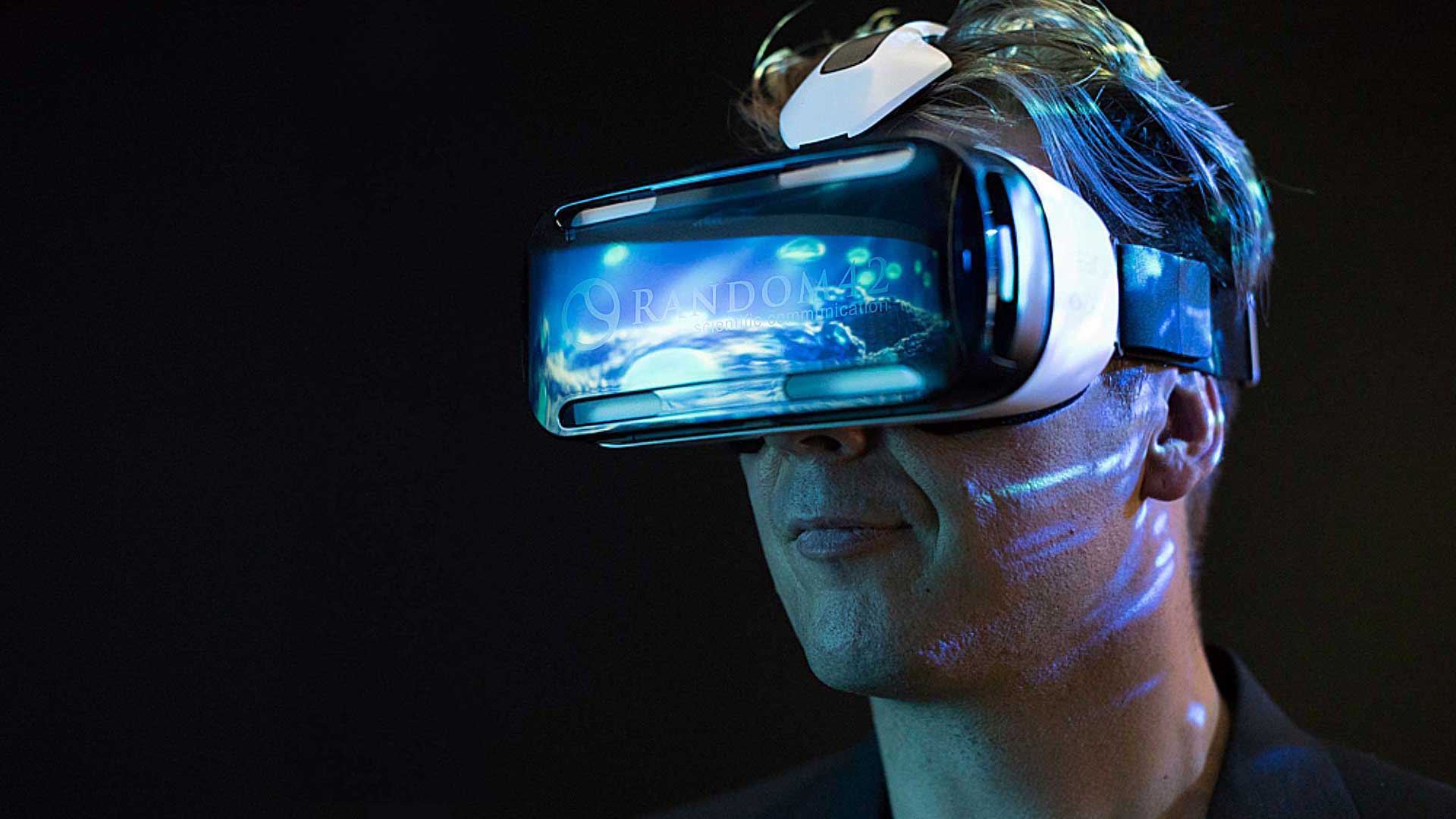Putting on a virtual reality headset is an experience unlike any other. While 3D movies and games bring the action out from the screen, VR tries the reverse. By putting a screen on your head and blocking out the rest of the world, the viewer is completely transported into a new environment. VR headsets have the capability to completely shift the way we experience media. It’s no wonder then that the technology was welcomed as a revolution at its release, and it only makes VR’s current situation all the sadder. Consumers are losing interest in virtual reality fast.
Some of the reason for this can be traced back to VR’s many drawbacks. Health issues that are a side-effect of using the technology have been a concern for a long time, ranging from motion sickness to neck aches. Alongside those issues is the fact VR is out of the average consumer’s price range. Two of the more popular Virtual Reality headsets, The Oculus Rift and The HTC Vive, launched with a price tag of $599 and $799 respectively, a budget-strainer for the headsets’ target consumer.
On top of these prices, neither sticker price considers the cost of a computer needed to power the headsets. Building a PC while hunting for the best deals leads to a moderate estimate approaching $1,000. Add that grand total on top of the cost of your headset of choice and the entry point for VR creeps closer to $2,000. Few people have that amount of money to burn on the essentials in life, let alone on a toy.
Even if you do have money to spend on a VR headset, you are likely to run into another problem: There isn’t much to do with VR right now. When the Vive and Oculus launched, game developers scrambled to be the first to offer a new game experience to customers. This resulted in several decent games coming to market, but problems in game development soon popped up.
Developers weren’t sure how to make the best use of the devices, for instance, and had not found a way to make moving around the world fluid and easy. Motion sickness reared its head and ballooning development costs made it near impossible to earn a profit when games were released. To combat these problems, developers kept games short and simple. Games for VR became better proofs of concept than actual fleshed out experiences.
As companies realized that the VR industry wasn’t a money-bringer, they no longer wanted to be the leading companies in the field. This is a major problem for VR because development for VR games is not keeping up with consumption anymore.
These issues aren’t unique to the virtual reality industry. Every new technology faces difficulties as it works its way to the mainstream, but for VR this seems to have been the perfect storm of bad situations. The userbase is too small and the buy-in price for the technology is too high. Development for the platform is difficult and experienced studios have trouble turning a profit. All these those issues combined have begun to erode the base of the industry.
Thinknum, the company responsible for gathering sales data rankings for Amazon, detailed this fall in some new reports. Taking data from the online retailer, Thinknum can rank how a product sells in certain categories on the site. The data they’ve published is clear; customers don’t seem to care too much about VR anymore.
The HTC Vive, for example, ranked as the 48th best seller in the “video game” category back in March. That category is broad and encompasses everything to do with video games, including the sales of games and consoles. Being ranked in the top 50 is nothing to sneer at, but in June the Vive saw its position plummet to 97th place. Likewise, Sony’s PlayStation VR sat in the 29th position back in February but has seen its ranking fall all the way down to 100th by April.
Both the Vive and the PSVR are expensive, so it makes sense that, during the middle of the year, their sales would not be that great. Cheaper options are coming to market and people tend to hold off on big purchases until the holidays. Unfortunately, price doesn’t seem to be a motivating factor. Even the cheapest options are not being spared.
Samsung’s Gear VR, priced at around $100, was an attempt to bring people into the hobby while requiring nothing more than a smartphone. You opened the headset, put your phone into it and were good to go. It was an idea that worked great at launch. On Aug. 31, 2016, the Gear VR ranked as the fourth best seller in the video game category. By Sept. 5 of that same year, it had fallen to 93rd. Since November 2016, Samsung’s Gear VR has not ranked in the top 100 again.
Finding a similar fate is Oculus’ attempt at an affordable headset, the Oculus Go. The Go is a battery-powered, computer-free option that starts at $249, and it seems like the perfect middle ground between a full headset and the Gear VR. It sold well too, maintaining a high ranking all the way from its release in October 2017 to May of this year, where it sat 7th. It looked like Oculus had solved the VR problem, but that success didn’t last long. Today, the Oculus Go is battling it out with the Vive for the 97th spot.
It’s not all doom and gloom in the world, though. High sales at the launch of VR means that there is still some interest out there. Companies that have invested millions are not likely to give up so soon either. The truth of the matter is that any new technology faces trouble gaining a foothold in the market. Optimists can point to initial sales as an encouraging look at what will happen in the future; cheaper headsets mean more people will buy in. Technology can only advance from here.
This optimism also serves as a double-edged sword. Pushing hope for the technology into the future ignores what is happening now. No matter how invested a company is in a technology, they aren’t likely to burn millions of dollars if there is no sign it will become profitable. HTC, the makers of the Vive, recently had to announce massive layoffs of its Taiwan base manufacturing facilities. If the Vive cannot find a solid foothold and make the company money, it’s unlikely that HTC will be able to hold out long enough for that future hope to mean anything.
Let’s not forget that once upon a time, 3D television was thought to be the future. It offered a new way to experience television, movies and video games much the same as VR does now. The idea of 3D televisions was so strong that large manufacturers bought into the trend completely, pumping out models that featured the technology and came with their own pairs of 3D glasses.
How many people do you know that own a 3D television now? I can’t even recall the last time I saw the technology advertised, even though it still exists. When the awe and amazement wore off, 3D televisions just didn’t offer enough to make the investment worthwhile for the average person. Maybe this is an unfair comparison to make when it comes to VR, but the parallels are similar enough that you must wonder whether history will repeat itself.
I could be wrong and hope that one day I can lean back in my chair, strap a headset on my face and be transported away to a different world that won’t make me want to throw up. Right now, though, the technology isn’t there yet. There are problems VR isn’t ready to overcome, and people are taking note. The market is starting to not care about VR anymore. With interest from consumers and developers alike waning, it might be time to consider an uncomfortable truth. Maybe the world isn’t ready for VR yet.

















